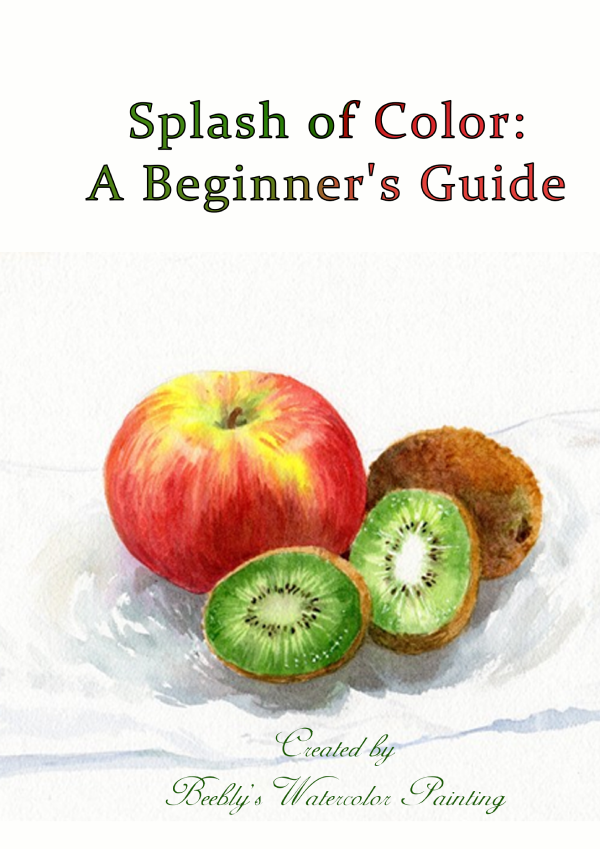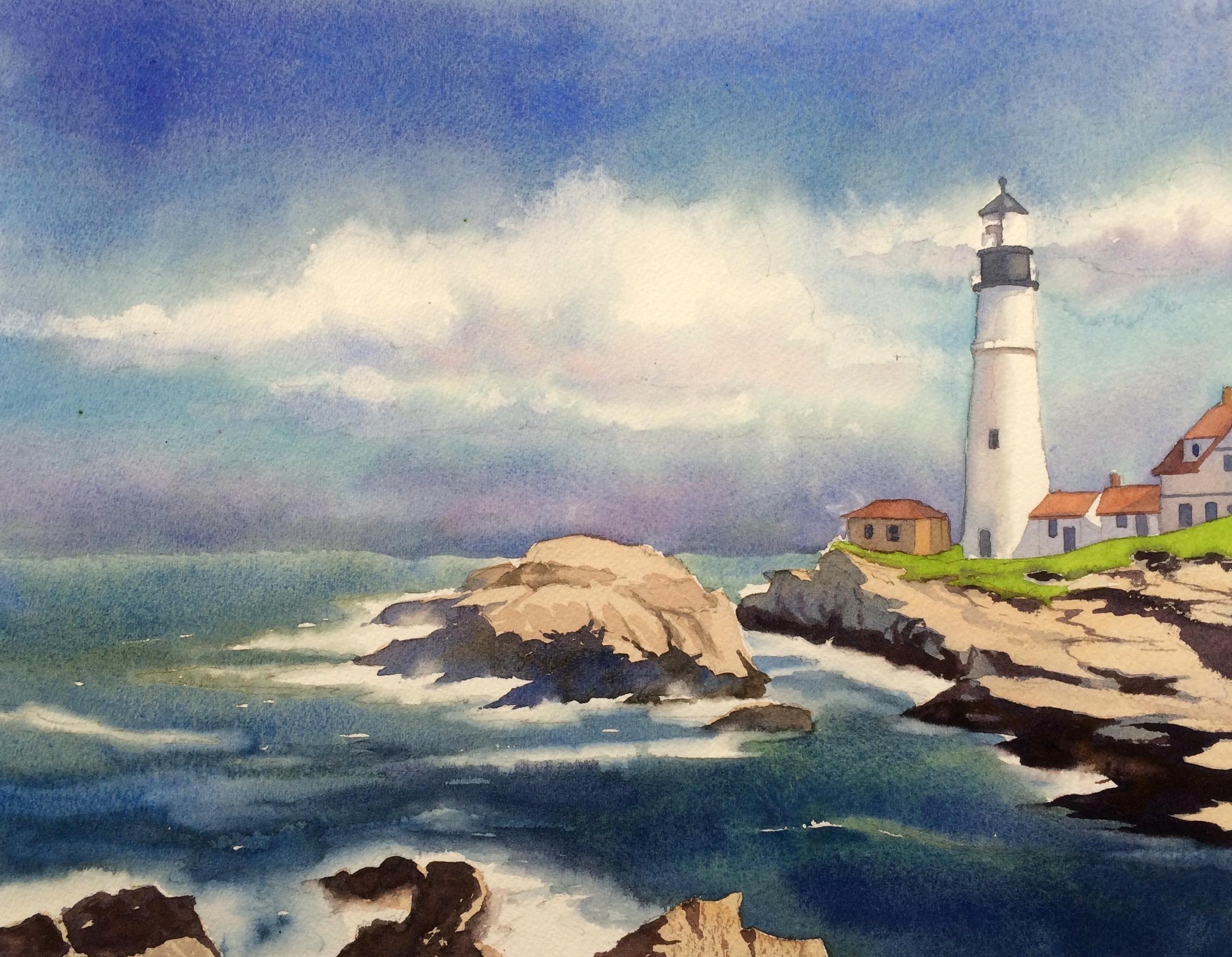
Discover how to choose and use granulating paints in watercolor painting. Learn about granulation, which styles of art use granulating colors, and why some artists prefer them. Includes links to 5 great granulating painting tutorials.
Categories: Step-By-Step Painting Ideas , Watercolor Lessons , Intermediate Techniques , Advanced Techniques , Beginner Techniques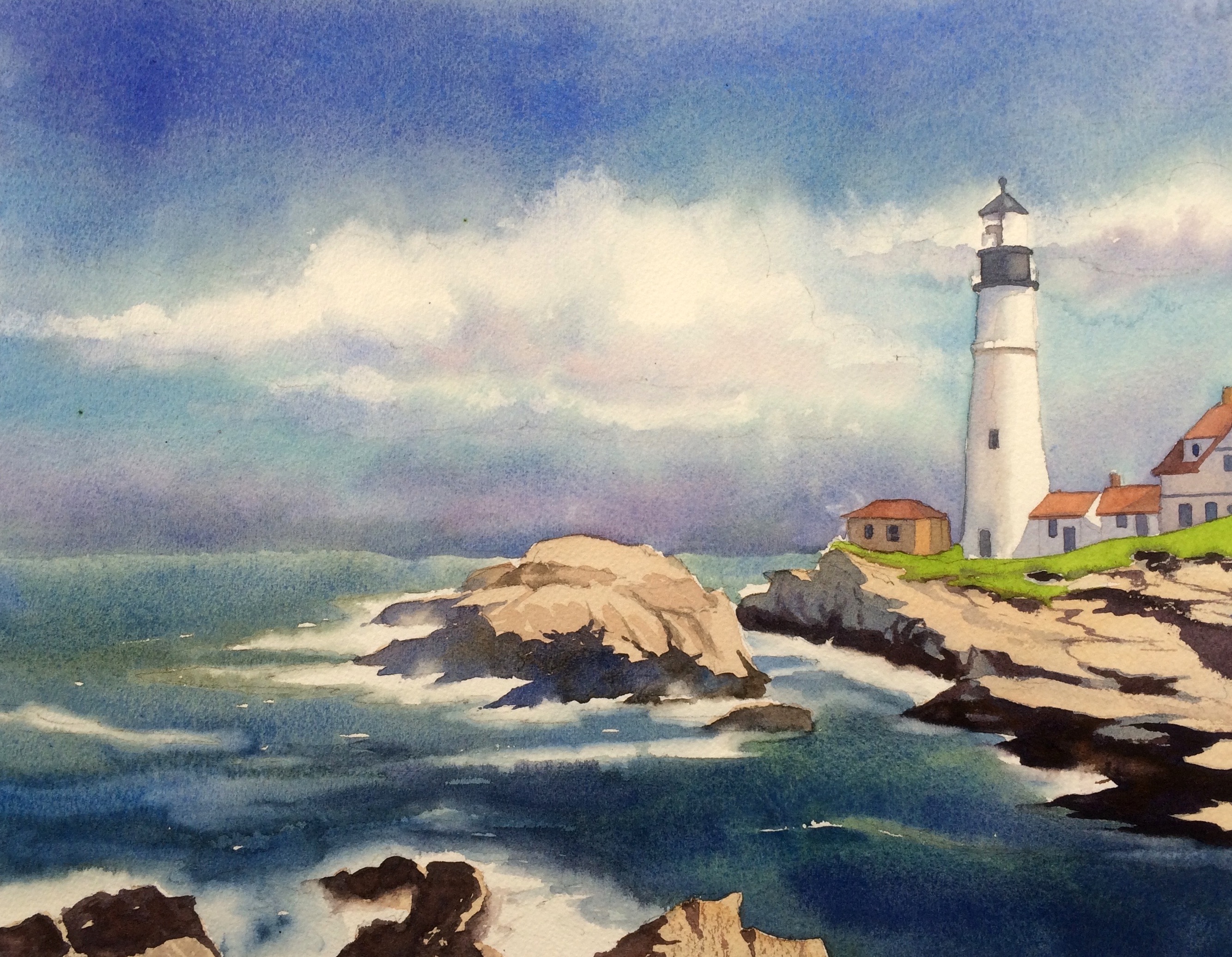
Learn how to paint a seascape. Navigate the entire process, starting with just a reference photo, all the way through to completion.
Categories: Step-By-Step Painting Ideas , Watercolor Lessons , Intermediate Techniques , Step-By-Step Lessons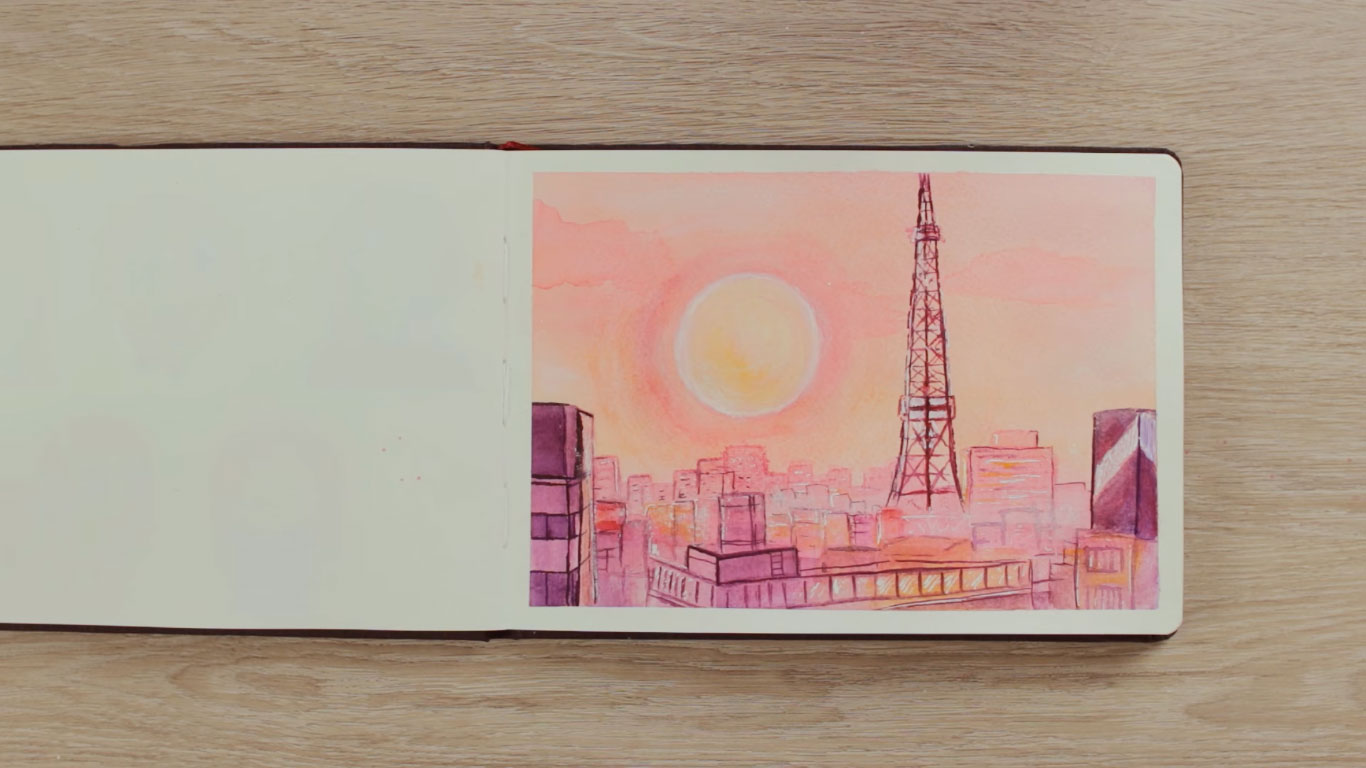
Summer's here, which means it's time to warm up our watercolor palettes! In this tutorial, you'll learn how to paint a dreamy sunset cityscape inspired by a scene from the famous anime "Sailor Moon".
Categories: Intermediate Techniques , Step-By-Step Lessons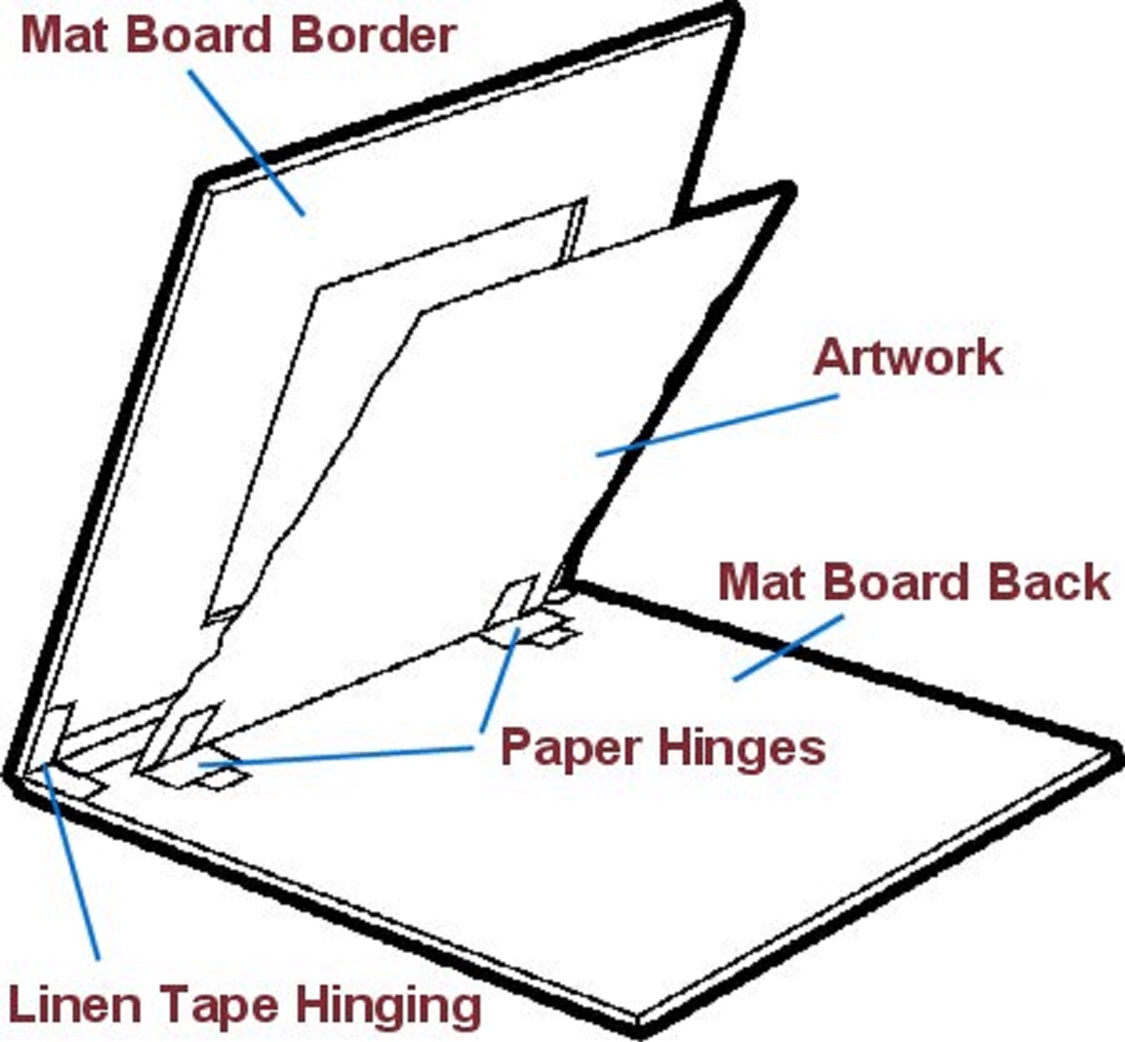
Matting and Framing Your Work Matting your watercolors protects and enhances the look of your paintings by cleanly defining the image edges and isolating your image in a uniform neutral or complementary background. Mats are made from mat board which should be made from all cotton acid free fiber. How to make a mat 101 As a start, choose neutral off white mats either warm or cool depending of the overall hue and value of your painting. After you've been at it a while and have seen what others are doing with colors and bevels and layers feel free to...
Categories: Watercolor Lessons , Beginner Techniques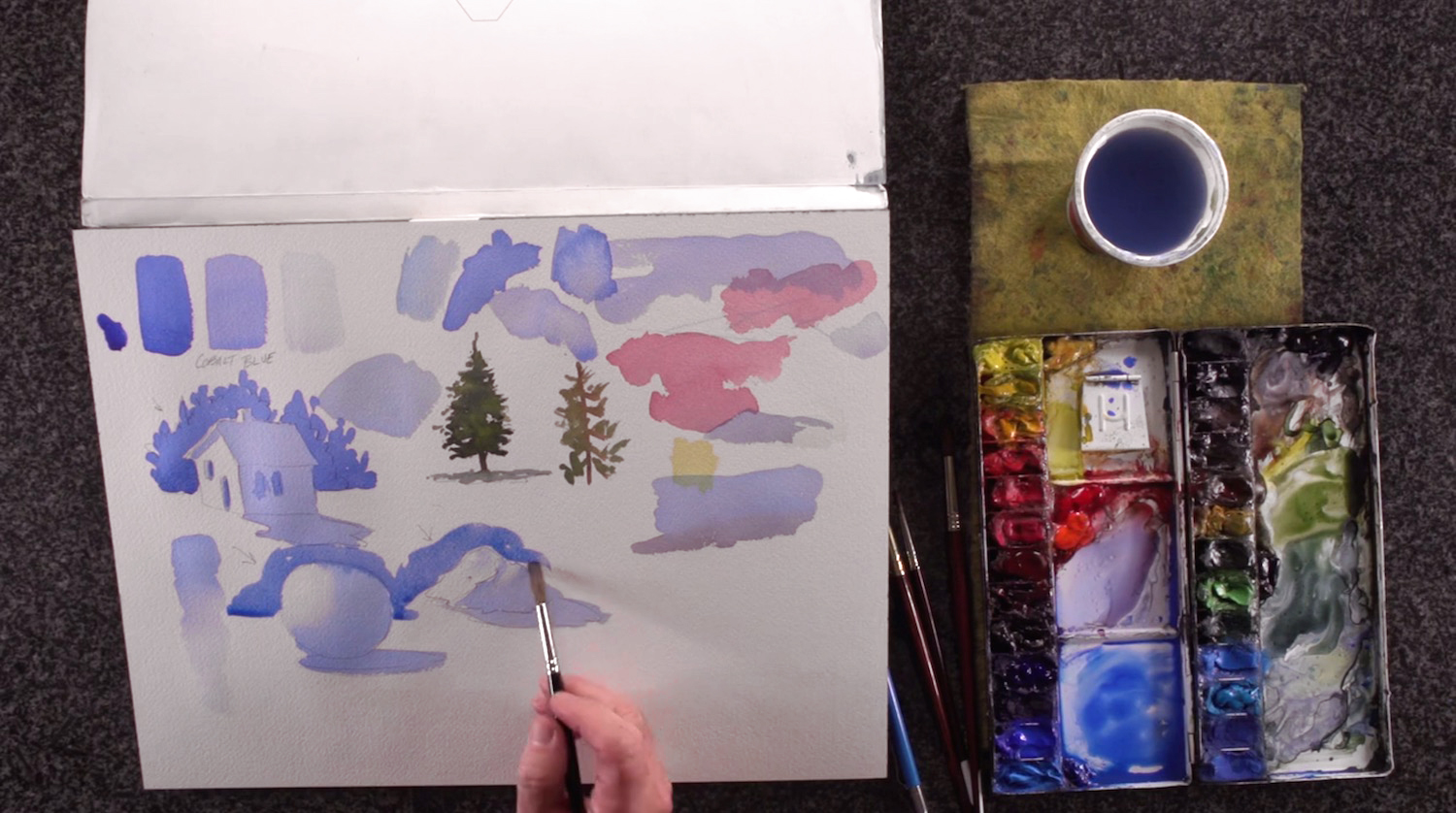
Learn the basics of watercolor as artist Steve Curl introduces the essential tools used in watercolor painting, then shows how to practice and build a solid skill foundation with these tools.
Categories: Step-By-Step Painting Ideas , Watercolor Lessons , Step-By-Step Lessons , Beginner Techniques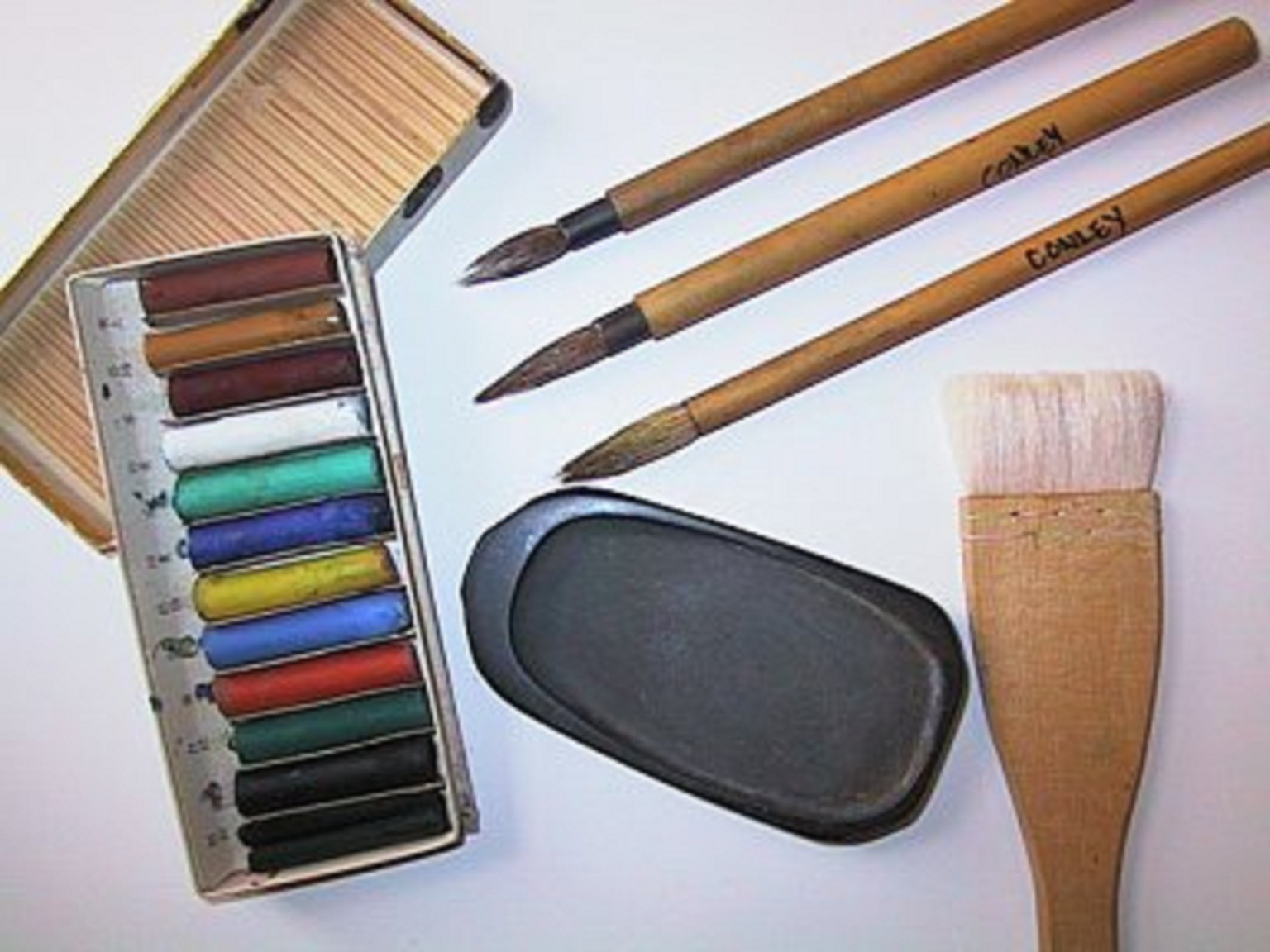
Philsophy of Sumi-e The Philosophy of Sumi-e is contrast and harmony, expressing simple beauty and elegance. The Tai Chi diagram demonstrates the perfectly balanced interchange of the two dynamically opposed forces of the Universe, the dot represents integration. Sumi-e employs these principles of nature's vitality in its design and execution. The balance and integration of these forces and the eternal interaction of Yin Yang are the ultimate goal of Sumi-e. The art of brush painting, aims to depict the spirit, rather than the semblance of the object. In creating a picture the artist must grasp the spirit of the subject....
Categories: Watercolor Lessons , Intermediate Techniques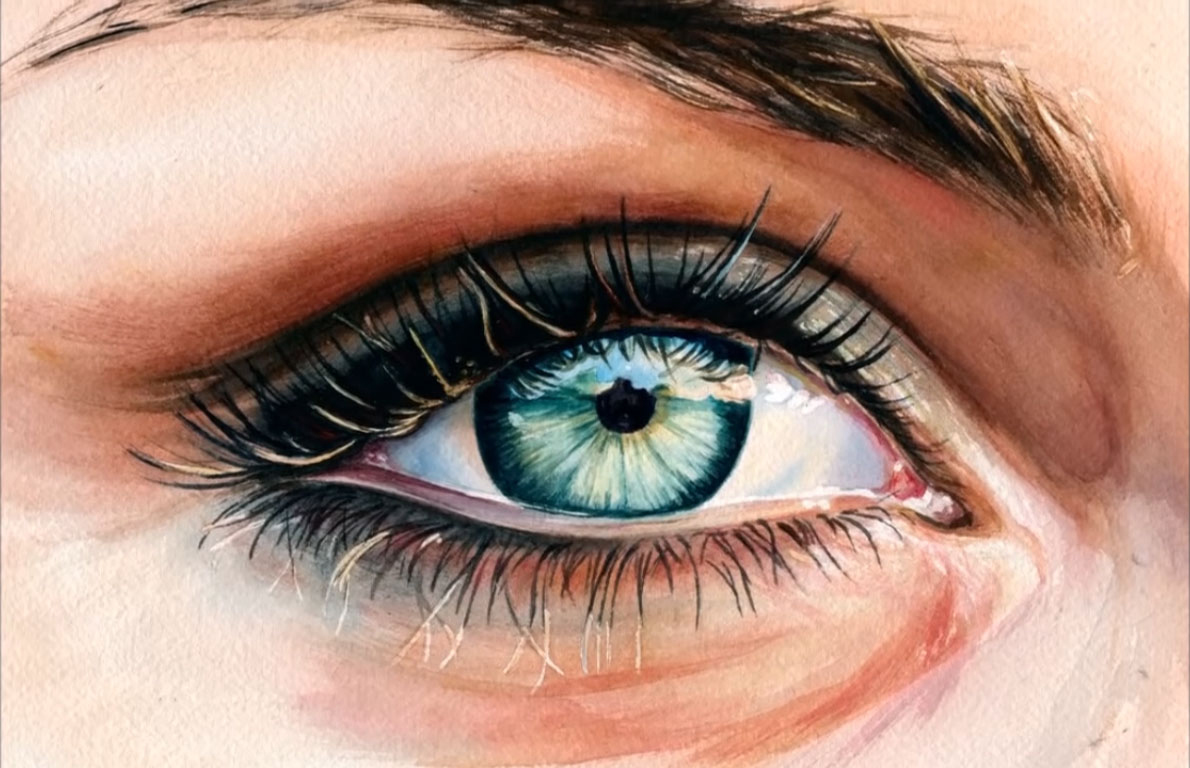
Painting a portrait can be overwhelming, so why not start small? In this tutorial, you'll be focusing on what it takes to create a realistic watercolor eye.
Categories: Advanced Techniques , Step-By-Step Lessons
Follow along as Isabella Kung sketches and paints realistic fruit. We cover composition, different surfaces, masking fluid, shapes, and much more in this simple yet useful exercise. Click here if you prefer watching a step-by-step video on our Beeblys WatercolorPainting.com. Materials used: Reference picture of some fruits, or just place some real fruits on a sheet of paper H or HB pencil A block of Arches cold press watercolor paper (140lb, size 10" x 14") Paint palette for watercolor paints Kneaded eraser Grumbacher Masking Fluid Rubber cement pickup (a.k.a. natural rubber pickup) Paper towel Towel Tabletop easel or book to prop painting...
Categories: Step-By-Step Painting Ideas , Watercolor Lessons , Beginner Techniques




